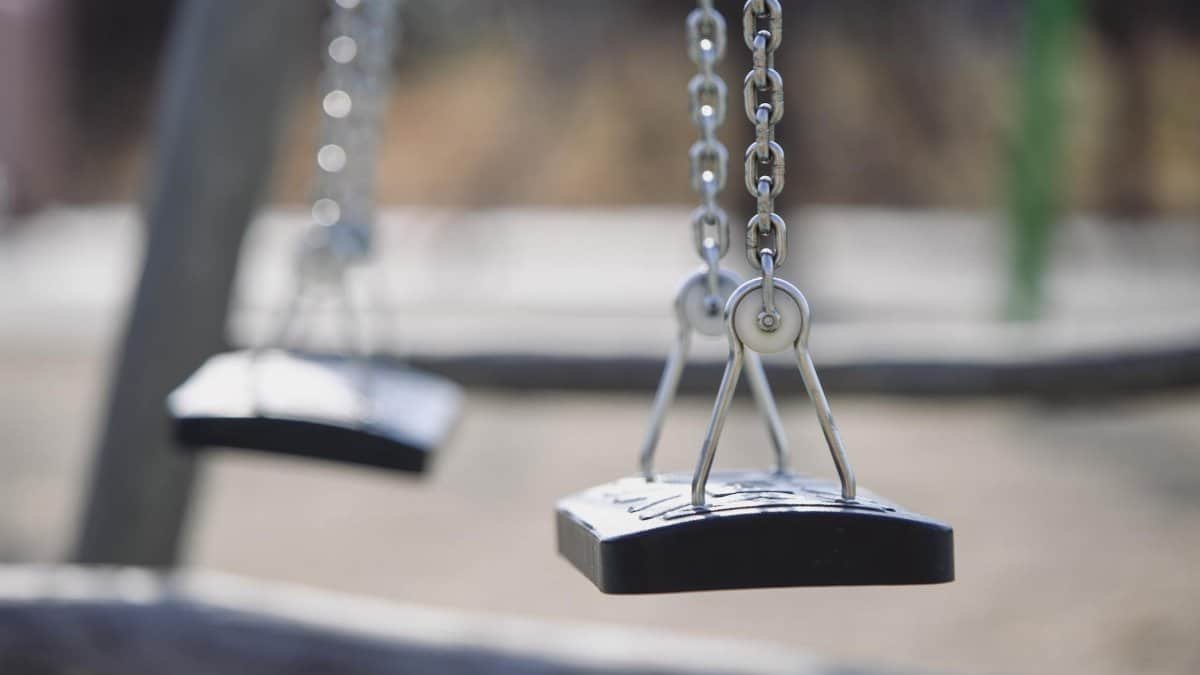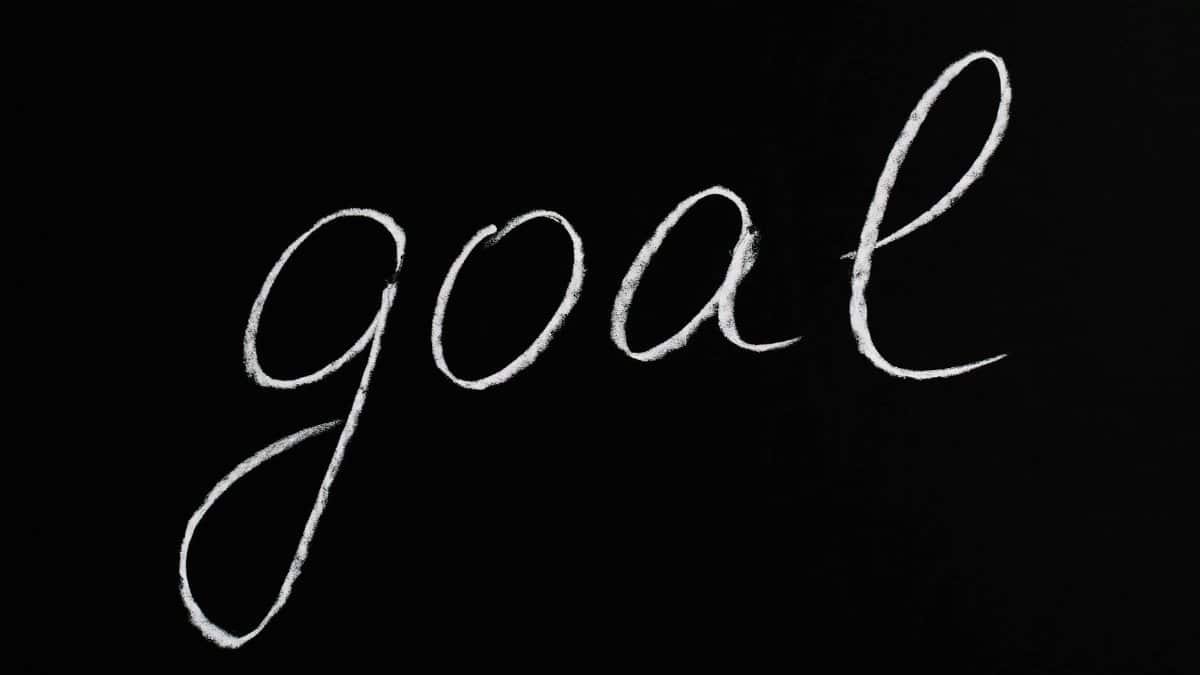A recent survey by the American Psychological Association found that 77 percent of U.S. workers reported experiencing burnout symptoms in the past year, a sharp rise from pre-pandemic levels. In Indianapolis, where the hum of manufacturing and tech sectors keeps the city pulsing, this statistic hits close to home. Residents juggle demanding jobs, family pressures, and the fast pace of urban life, often at the expense of their well-being. But amid this chaos, a growing number are turning to practices that promote breathing oxygen clarity, that sense of mental sharpness and calm achieved through intentional breathwork. It’s not just a wellness trend; it’s a tool helping Hoosiers reclaim focus and resilience. As stress mounts in 2025, understanding burnout’s subtle signs becomes crucial, especially when paired with strategies like breathwork to foster clarity and prevent full exhaustion.
1. Persistent Fatigue That Lingers Beyond Rest

Imagine waking up after a full night’s sleep, yet feeling as drained as if you’d pulled an all-nighter. This kind of exhaustion marks one of the earliest signs of burnout, particularly in a city like Indianapolis where long commutes and shift work are common. Workers in the automotive industry, for instance, often describe hitting a wall that no amount of coffee can breach. A study from the Mayo Clinic highlights how chronic stress depletes energy reserves, leading to this unrelenting tiredness.
One local resident shared anonymously in an online forum about their experience: after months of ignoring the fatigue, they discovered breathwork exercises that emphasized deep, oxygen-rich inhales. It brought a surprising lift, almost like flipping a switch on mental fog. Practices aimed at breathing oxygen clarity can help by oxygenating the brain more effectively, countering the drain. Researchers at Harvard Medical School have noted similar benefits in stress reduction programs.
Yet it’s not always straightforward. Sometimes, this fatigue masks itself as irritability or a dip in motivation, making it tricky to pinpoint. In Indianapolis neighborhoods like Broad Ripple, where creative professionals thrive, many report pushing through until it affects their output. Addressing it early with simple breathing techniques might just restore that vital spark.
2. Emotional Detachment and Cynicism Creeping In

“I used to love my job, but now it feels like a chore,” a sentiment echoed by many facing burnout. In Indianapolis, where community ties run deep, this detachment can feel especially jarring. It often starts subtly: a nurse at a downtown hospital might begin viewing patients as tasks rather than people, or a teacher in the public schools could grow cynical about educational reforms.
According to data from Gallup, emotional exhaustion affects over half of the workforce, fostering this cynicism. Tying into breathing oxygen clarity, breathwork sessions have shown promise in rebuilding emotional connections. A program at Indiana University explored how mindful breathing enhances empathy, helping participants feel more grounded.
Picture a group of office workers in the Circle City gathering for a lunchtime breathwork class. One participant later reflected on how the practice cut through their apathy, allowing genuine interactions to return. It’s a reminder that burnout doesn’t just steal energy; it erodes relationships. By prioritizing oxygen-focused clarity techniques, individuals can start to mend those frayed emotional threads before they snap entirely.
3. Declining Performance and Frequent Mistakes

When burnout takes hold, even routine tasks become error-prone battlegrounds. In Indianapolis’s bustling logistics hubs, like those near the airport, employees might notice more slip-ups in inventory or scheduling. It’s not laziness; it’s the brain’s way of signaling overload. The National Institute for Occupational Safety and Health reports that stress-related errors cost businesses billions annually.
Breathwork enters the picture as a subtle countermeasure. Techniques promoting breathing oxygen clarity can sharpen focus, much like a mental reset button. A study published in the Journal of Occupational Health Psychology linked regular breathing exercises to improved cognitive function under stress.
Consider the story of a mid-level manager in a local firm who started incorporating short breath pauses into her day. Errors dropped, and her team noticed the difference. Yet burnout’s grip can make these habits hard to adopt initially. In 2025, with remote work still evolving, recognizing this sign early allows for interventions that boost both personal and professional efficacy.
4. Physical Symptoms Like Headaches or Insomnia

Headaches that pound like a drumbeat or nights spent staring at the ceiling; these physical manifestations often accompany burnout. In Indianapolis, where seasonal weather swings from humid summers to icy winters, such symptoms can intensify. A report from the Centers for Disease Control and Prevention indicates that chronic stress contributes to sleep disturbances in about one-third of adults.
Here, breathing oxygen clarity offers a practical balm. Deep breathing activates the parasympathetic nervous system, easing tension and promoting better rest. Research from the National Center for Biotechnology Information supports how such practices reduce headache frequency.
An anonymized account from a public discussion described a breakthrough: after weeks of insomnia, adopting breathwork routines led to deeper sleep and fewer migraines. It’s a cycle breaker, showing how tuning into one’s breath can address the body’s cries for relief. Still, these signs shouldn’t be dismissed as mere annoyances; they signal a deeper imbalance that breath-focused clarity can help realign.
5. Isolation from Social Circles and Hobbies

Withdrawing from friends or abandoning once-loved activities signals burnout’s isolating nature. In a city like Indianapolis, famous for its sports culture and community events, this pullback stands out. People might skip Colts games or neighborhood gatherings, opting for solitude instead. The World Health Organization classifies burnout as an occupational phenomenon that spills into personal life, exacerbating isolation.
Breathwork, with its emphasis on breathing oxygen clarity, can gently coax individuals back into engagement. A study by the American Psychological Association found that mindfulness-based breathing improves social connectedness.
Envision a weekend warrior who rediscovered joy in hiking after breath sessions cleared mental clutter. The practice fosters presence, making social interactions feel rewarding again. However, ignoring this sign risks deeper loneliness, especially in 2025’s hybrid social landscape. Recognizing it prompts steps toward reconnection through intentional clarity-building habits.
6. Heightened Irritability and Mood Swings

Snap judgments or unexplained frustration bubbling up; irritability often masks burnout’s undercurrents. In Indianapolis’s diverse workplaces, from corporate towers to small businesses, this can strain team dynamics. A Pew Research Center analysis shows that workplace stress correlates with increased emotional volatility.
Integrating breathing oxygen clarity practices helps stabilize moods by regulating the nervous system. Findings from the National Institutes of Health underscore breathwork’s role in mood management.
One shared experience highlighted a turning point: during a heated meeting, a quick breathing exercise diffused tension, leading to clearer communication. It’s not magic, but a skill that builds resilience. Amid the pressures of urban life, this sign urges a pause, inviting breath-centered strategies to restore emotional equilibrium before small irritations escalate.
7. Loss of Purpose or Satisfaction in Achievements

Even after hitting milestones, if joy feels absent, burnout might be at play. In Indianapolis, where innovation drives sectors like biotech, professionals often chase goals only to feel hollow upon arrival. The Harvard Business Review discusses how sustained stress erodes intrinsic motivation.
Breathwork aimed at breathing oxygen clarity can reignite that inner fire by fostering self-awareness. A longitudinal study from the Pew Research Center on worker satisfaction ties mindfulness practices to renewed purpose.
Reflect on a entrepreneur who, after burnout dulled their drive, used breath techniques to realign with core values. Satisfaction returned, not from external wins, but internal calm. This final sign encapsulates burnout’s toll, yet it also points to recovery through clarity-enhancing methods. In 2025, as Indianapolis evolves, embracing these tools could transform how residents navigate ambition and well-being.
